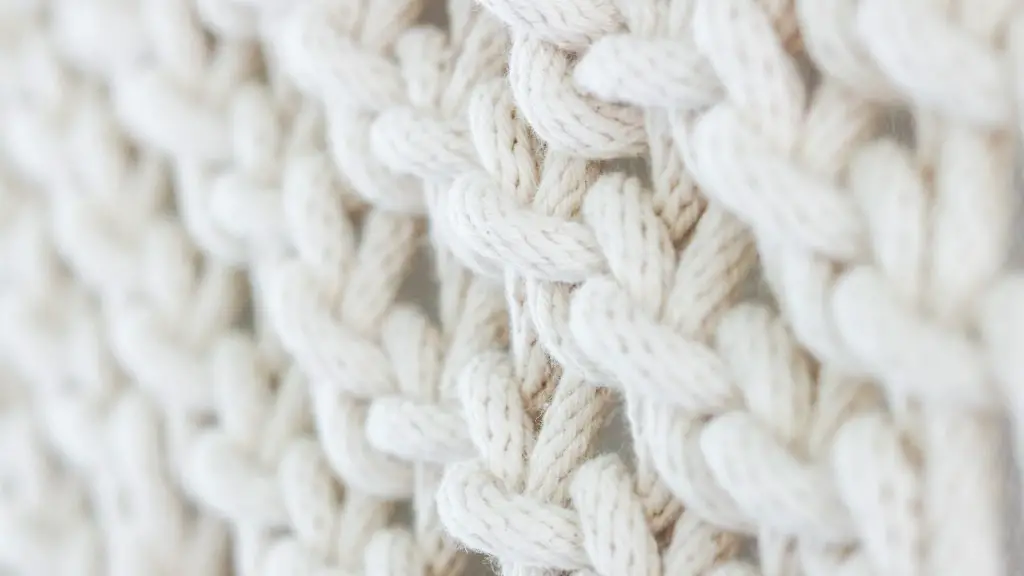Introducing the issue
Sewing machines are essential tools for any crafter. But even for experienced sewers, problems can arise with their sewing machine’s handwheel. This wheel is often overlooked, but keeping it properly adjusted and maintained can go a long way to ensuring smooth operation of your machine. In this article, we’ll discuss how to fix a sewing machine handwheel and what to do when it begins to malfunction.
Inspection of the footwheel
To start with, you should inspect the footwheel. Make sure that all of the parts are in place and that they have not been replaced in an incorrect manner. Look for any signs of damage or wear and tear, such as scratches or cracks. Also, check to see if the wheel is spinning freely. The wheel should turn freely and easily, and not feel stuck or bogged down.
Identify the problem
If everything looks okay, you’ll need to identify the problem causing the handwheel to malfunction. The most common problems include the wheel being out of balance, a clogged thread, a worn out foot wheel bearing, or simply the wheel not being in line with the rest of the machine. If you’re not sure what could be causing the issue, take your machine to a qualified repair technician who can diagnose and fix the problem.
Adjustment of the hook and needle
After identifying the problem, you should begin by adjusting the hook and needle. Make sure the hook and needle are in proper alignment with the rest of the machine, and that they are properly tensioned. If everything is properly adjusted, the thread should flow smoothly through the loop and tension mechanism.
Cleaning the foot wheel
You should also perform regular maintenance on your foot wheel by cleaning the wheel and the components around it. This should be done with a soft brush and some mild detergent or rubbing alcohol. You should also lubricate the wheel with sewing machine oil or a lubricant designed specifically for sewing machines. This will help ensure that the wheel is spinning properly.
Turning the wheel
Once the hook and needle have been properly aligned and the wheel has been cleaned and lubricated, it is time to turn the wheel. Start by turning the wheel in a clockwise motion. If it does not move freely, turn it back and forth a few times to get it spinning again. If the wheel does not spin freely, you may need to adjust the tension on the wheel.
Replace the footwheel
In some cases, the footwheel may need to be replaced. If you replace the wheel, make sure it fits properly and is properly tensioned. A loose or poorly tensioned wheel can cause the machine to malfunction. It can also result in the thread breaking or the fabric snagging.
Replacing the drive belt
The drive belt is an integral part of your sewing machine’s handwheel, so if it is worn out or damaged it can greatly affect the performance of the machine. If the drive belt needs to be replaced, make sure you only use a quality replacement belt that is designed for the make and model of your sewing machine. This will help ensure smooth operation of the handwheel and that your machine’s performance is not compromised.
Testing the footwheel
Once you have taken all of the necessary steps to fix your sewing machine handwheel, it is time to test it out. Start by manually turning the handwheel and ensure that it moves freely. If there are any issues, adjust or replace any of the parts as necessary. Then, test the machine on a scrap piece of fabric to ensure that it is operating properly.
Troubleshooting Sewing Machine Problems
When attempting to fix a sewing machine handwheel, it is important to keep in mind that many other problems can affect the performance of the machine. From crooked stitches to tension problems, every sewing machine has its own set of issues that can require troubleshooting. If you encounter any issues that seem to be machine specific, you may want to consider consulting a professional who can help you diagnose and repair the issue.
Making Repairs to a Sewing Machine
When it comes to making repairs to a sewing machine, it is important to take the necessary precautions to ensure that the machine operates safel. Always follow the manufacturer’s instructions for any repair job and avoid attempting any repairs that are beyond your skill level. Additionally, it is important to make sure that all parts are properly fitted and in working order. Avoid using force as this can damage the machine and it is best to consult a professional if you are unsure of the repair job.
Maintaining a Sewing Machine
Finally, regular maintenance should be performed on the sewing machine, particularly if it is not used often. With regular maintenance, you can ensure that the machine operates smoothly and that all components are in working order. The process of maintaining a sewing machine can involve cleaning, lubricating, oiling, and replacing any worn-out parts. Making sure to use quality parts and following the manufacturer’s instructions for maintenance will also help to ensure the lifespan of the machine.



